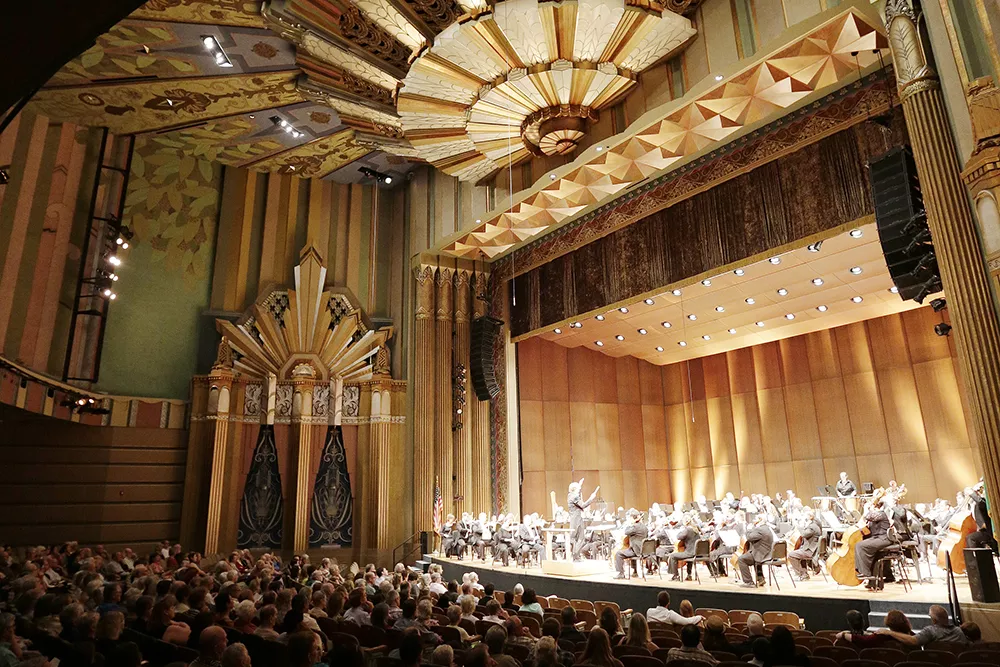When the Great Fire tore through downtown Spokane in 1889, it created a void in the heart of the city — one that needed to be rebuilt. In the next few decades, that's exactly what happened.
During that period, driven by famed architect Kirtland Cutter, Spokane would see some of its most iconic structures pop up: The Glover Mansion, Patsy Clark Mansion, Spokane Club, Monroe Street Bridge and, in 1914, the Davenport Hotel. It was a period of tremendous growth that formed the foundation of unique, beautiful buildings that would come to define the city's look for years to come.
And in the '20s, Spokane's busy downtown was poised for more.
To be sure, there was work to do in the early part of the decade. A 1921 edition of Architect and Engineer magazine says "while a few fine buildings were evidently designed and superintended by trained architects," that wasn't always the case. In fact, the magazine says, many "seem to have been put up without the help of any competent architects at all."
Still, the magazine praised the Davenport Hotel, saying it featured "few if any finer lobbies in America."
As was the case across the world, the '20s brought along with it its own style of art deco, which can be seen most strikingly with the construction of the Fox Theater (finished in 1931). Another historic building, the Chronicle Building — home to the Spokane Daily Chronicle — was finished in the late '20s as well.

